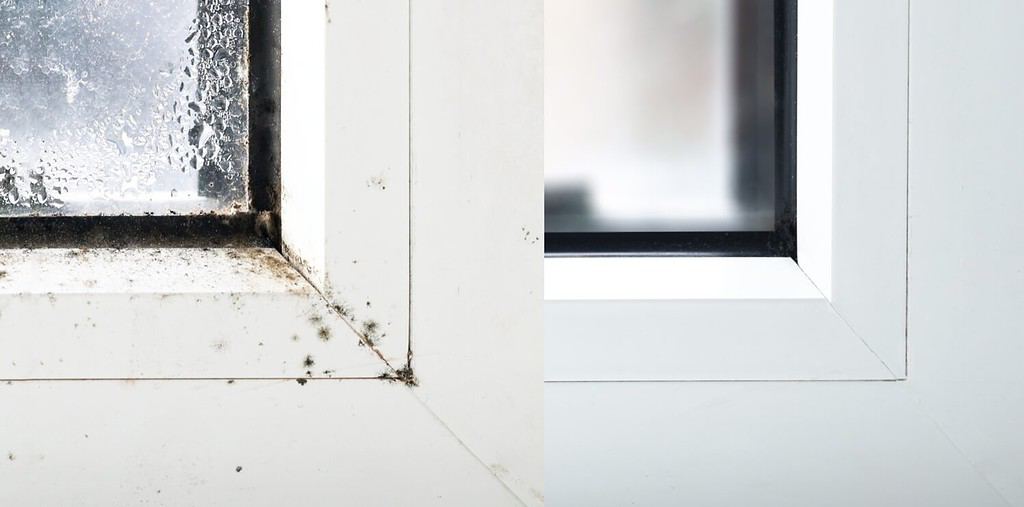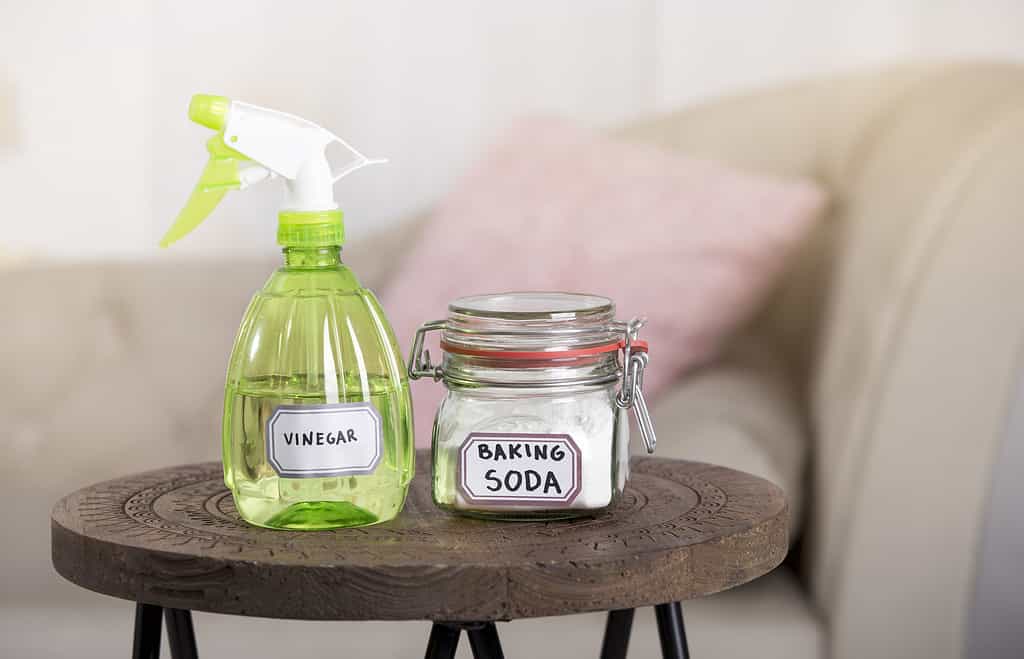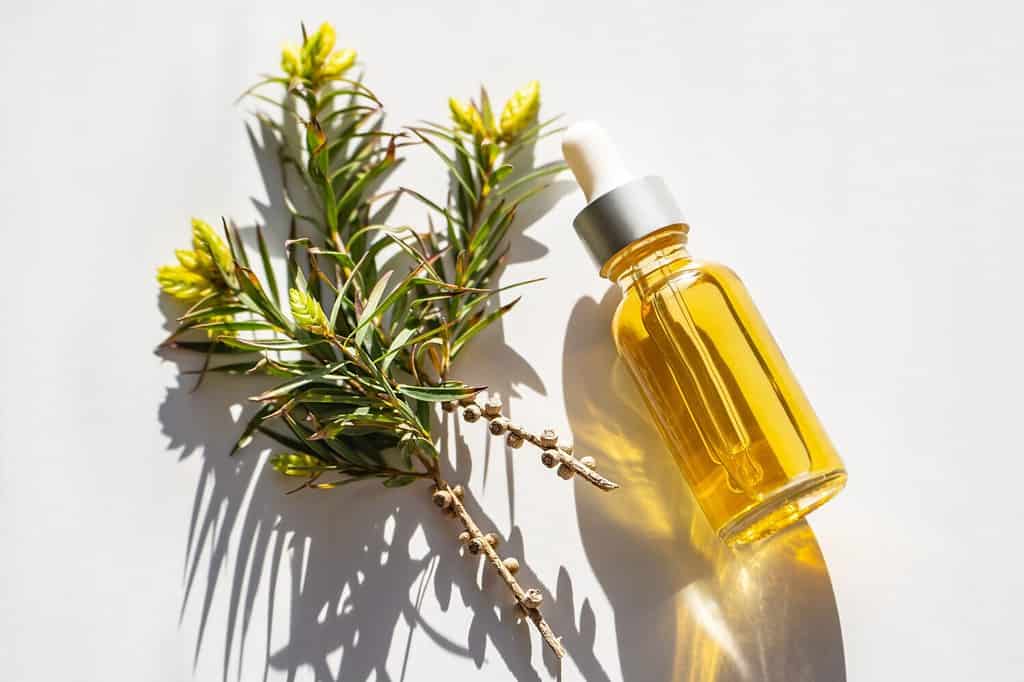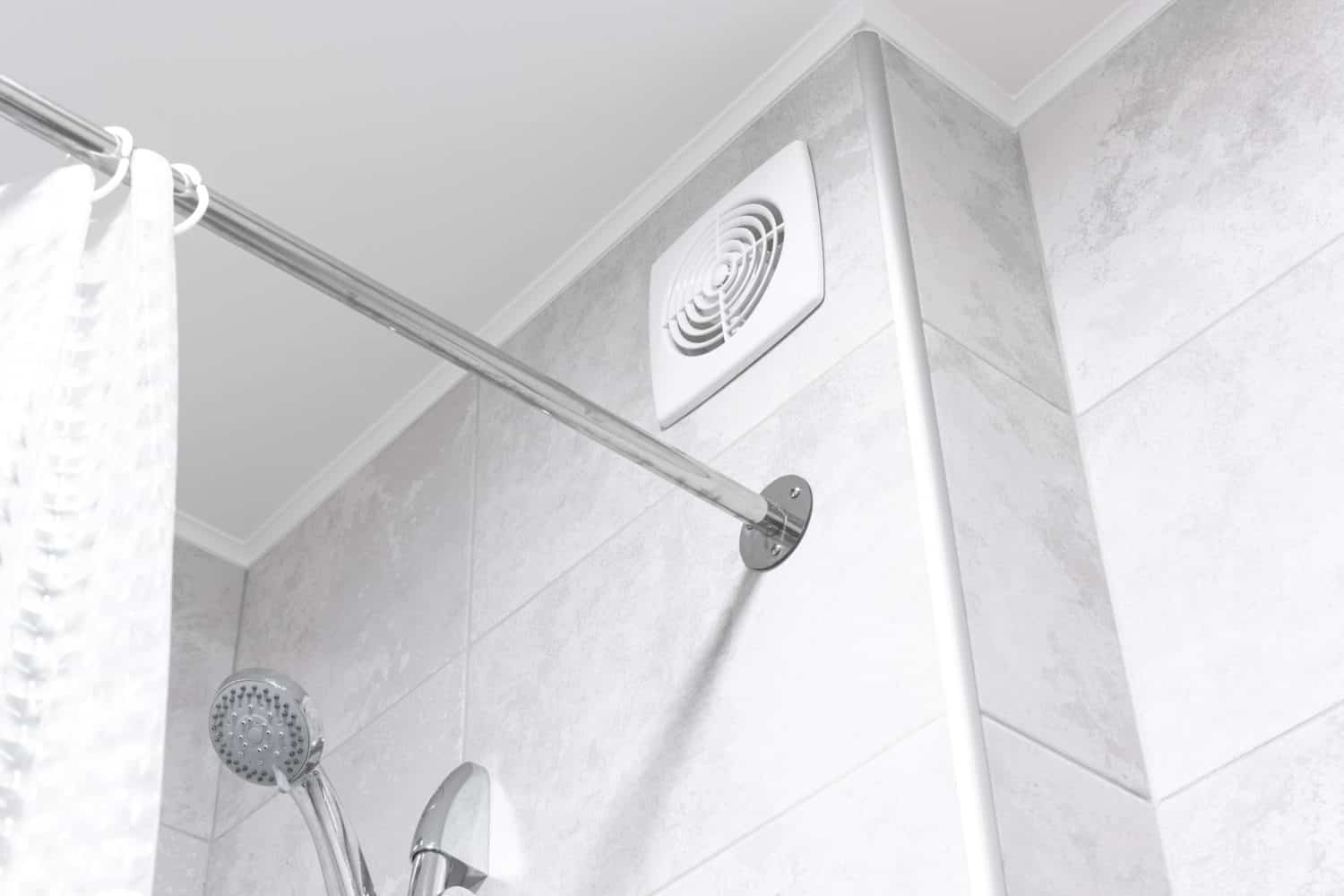Mold has a way of popping up in unexpected areas and outstays its welcome the moment it appears. Not only is mold unsightly, but it can degrade fabrics and lead to health issues. Unfortunately, many mold removal solutions on the market are rife with toxic chemicals.
If you live in a toxin-free home, you may wonder if the wunderkind of natural cleaning—baking soda—can solve this problem. In this article, we’ll explain if baking soda can kill mold, key considerations, and essential things to know before using it.
Does Baking Soda Kill Mold?

Baking soda is a fungistatic and helps prevent mold growth.
©SrideeStudio/Shutterstock.com
The idea that baking soda kills mold is a bit of a misconception that stems from a series of studies in the early 1930s.
According to updated research compiled by Dr. Linda Chalker-Scott, Ph.D., Associate Professor and Extension Urban Horticulturist at Washington State University, baking soda is not a natural fungicide but a fungistatic. In other words, rather than killing mold, it prevents its growth.
While many modern studies corroborate these findings, there is some evidence that the application of baking soda to certain fungi in a controlled environment leads to a reduction in spores.
What does this mean for you?
The websites that say baking soda kills mold are misconstrued and outdated but stem from the truth. Baking soda’s astringent nature and alkalinity can help remove surface mold and prevent further growth. However, using it with other natural agents and knowing when to call a professional are essential for a healthy, happy home.
How Baking Soda Kills Mold
Baking soda has a pH of 9, making it an alkaline (or basic) substance. Depending on the type of fungus, most growth occurs at pH levels 3-8.
In simple terms, baking soda makes the growing environment unideal for fungal infections to take root. This is why baking soda was believed to kill mold, particularly when applied to produce—it alters the growth environment significantly.
How to Use Baking Soda to Kill Mold

Use baking soda Sodium bicarbonate and white vinegar for home cleaning.
©Helin Loik-Tomson/iStock via Getty Images
The best way to use baking soda to remove and prevent mold is to make a paste with a bit of water. Then, use the paste and scrub with an abrasive sponge or brush. You can also create a mixture of vinegar and baking soda for soft surfaces. Alternatively, create a solution of baking soda, warm water, and vinegar in a spray bottle.
Let the solution or paste rest on the surface for 5-10 minutes, then scrub away.
Risks and Effects of Using Baking Soda to Kill Mold
The most significant risk of using baking soda to kill mold is that while it may be effective at removing surface mold, it isn’t proven effective at a deeper level. If you have mold on your walls or textiles, baking soda and mixed solutions may not be sufficient.
As baking soda is mildly abrasive, it can be harmful when used on some surfaces within the home. Be mindful when using baking soda on wood, quartz, or glass (like your windows).
Alternatives to Baking Soda to Kill Mold

Tea tree oil is effective against mold but isn’t safe for pets in high concentrations.
©Iv-olga/Shutterstock.com
Studies have shown that a combination of vinegar and tea tree oil shows the most promise as an alternative to baking soda to kill mold. However, vinegar is only effective against some types of fungal growth. Using a combination of vinegar and baking soda will help improve the efficacy and coverage of both.
Tea tree oil is considered the most effective but is dosage-dependent. In other words, adding a couple of drops of essential oil to a solution is less likely to be effective than a direct application. A word of warning: tea tree oil in high concentrations can be extremely toxic to pets.
Tips for Preventing Mold Growth

Ensure your bathroom fan doesn’t vent into the attic.
©FellowNeko/Shutterstock.com
Cleaning with baking soda and vinegar is one of the best ways to prevent mold growth! The alkalinity of baking soda inhibits the growth of some types of mold, while the acidity of vinegar impacts other species.
Monitoring humidity levels in your home and using dehumidifiers as needed will also help prevent mold. Use exhaust fans in bathrooms and kitchens to reduce moisture, and work with a contractor to ensure these aren’t venting into your attic.
Finally, ensuring you have adequate drainage around your home and insulation in your attic will help control humidity levels that support mold growth.
When to Call a Professional
Call a professional if you suspect you have black mold in your walls or attic or the mold keeps coming back. Black mold can be extremely harmful to your health. A professional can remove it safely and prevent it from returning.
The photo featured at the top of this post is © Geo-grafika/Shutterstock.com
Thank you for reading! Have some feedback for us? Contact the AZ Animals editorial team.






